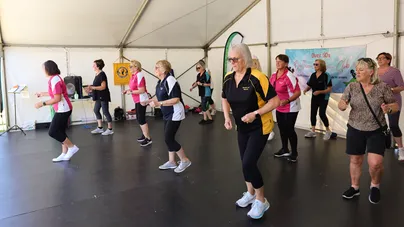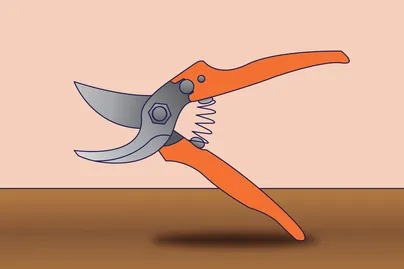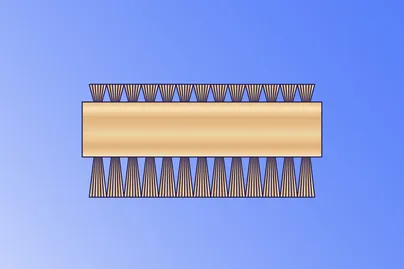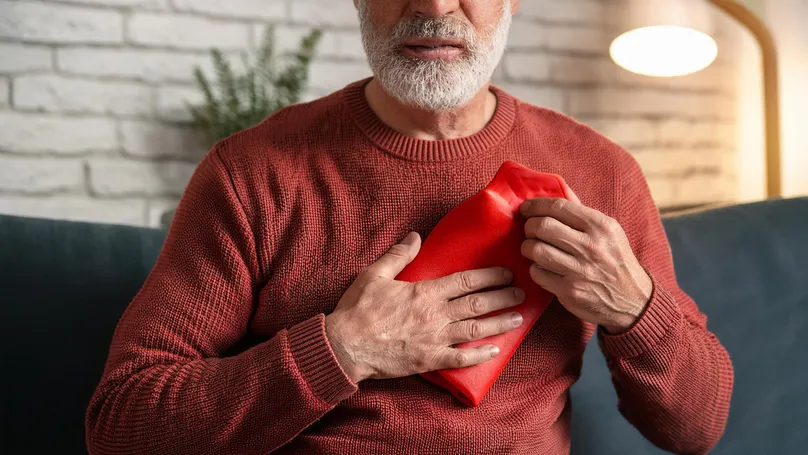
Heat pads are a great tool for heat therapy. Available to purchase at chemists and some supermarkets, a heat pad can help relieve aches, pains, cramps, and muscle stiffness by improving blood flow. Here the things to know before you use one:
Precautions
The temperature of your heat pad should be comfortably warm. Stop using the heat pad if you feel it’s too hot.
Heat therapy may not be suitable for these health conditions:
- Severe inflammation or recent injury
- High blood pressure
- Dermatitis
- Deep vein thrombosis
- Peripheral vascular disease
- Open wounds
- Loss of skin sensation
- Severe loss of cognitive function
Safety
You should always read the safety guide provided with your heat pad before use.
Here are some basic safety tips:
- Don’t place a heat pad directly on your skin. Use a barrier such as a towel between your skin and the heat pad to avoid burns.
- Don’t fall asleep when using a heat pad.
- When using an electric heat pad, start on the lowest heat level.
- Don’t use a heat pad that has a cracked or broken electrical cord.
- Don’t apply a heat pad to damaged skin.
Frequently asked questions
How does a heat pad help with sore muscles?
Muscle soreness can be caused by injury or high-intensity activity. In these cases, applying heat can increase blood flow and promote recovery. Heat can also help to relax tight muscles and relieve pain.
Is it ok to fall asleep with a heat pad?
Always avoid falling asleep while using a heat pad. This could result in burns or further injury.
How long should I apply the heat pad for?
It should stay on for approximately 10-30 minutes to be effective. If it isn’t on long enough, the muscle may not have an opportunity to warm up. Using it for too long can result in injury from burns and could increase inflammation in the body.
Get in touch with LiveUp
If you need more information, get in touch with one of our helpful team on 1800 951 971.
References
Healthline. (2023, May). Treating pain with heat and cold. https://www.healthline.com/health/chronic-pain/treating-pain-with-heat-and-cold
How to use this information
LiveUp provides free information to help you make informed decisions about your health. This information is for general and educational purposes only, is not intended to provide a comprehensive guide, and does not replace medical advice. Everyone is different, so some of these tips may work better for you than others. You should use your own judgment and seek medical advice when applying this information to yourself, to determine if it is suitable in your circumstances. Your use of, or reliance on, this information is solely at your own risk. Independent Living Assessment Incorporated is not responsible or liable for any injury, loss, or damage caused as a result of your use of, or reliance on, this information.
Download and print this article:
You can print out the PDF and stick it to your fridge or file away the tips to revisit at a later time.
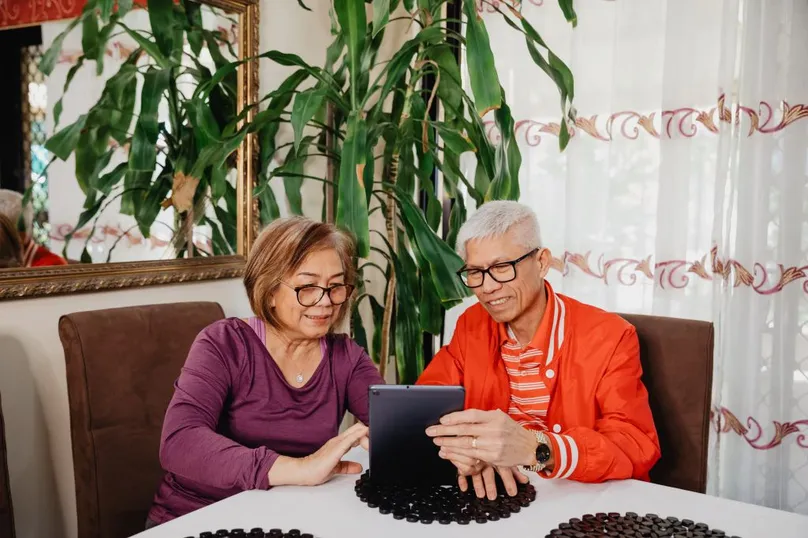
Read more Safety articles
Did you enjoy this article? You may also like reading similar healthy ageing articles.
See all Safety articles